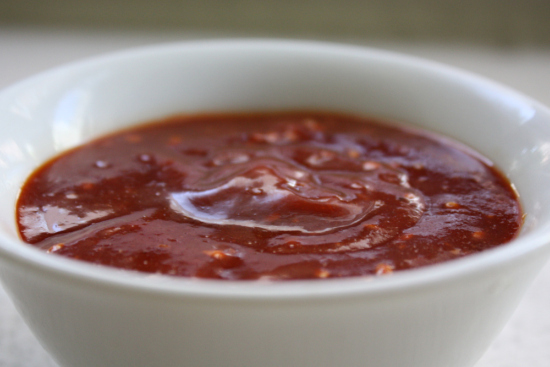Nokdu Bindaetteok (Korean Mung Bean Pancakes) is my maternal grandmother’s specialty. Nokdu Bindaetteok, which directly translates to Mung Bean Pancake, is usually made with sliced pork, kimchi, sukju namul (mung bean sprouts), and sometimes gosari namul (bracken fern shoots). But I’m omitting the pork for this Nokdu Bindaetteok/Mung Bean Pancake recipe, making this dish vegan. And for the base of the batter? Simply, soaked mung beans and rice. Flour-free. Gluten-free. Dairy-free. Just delicious goodness.
Keep in mind; when you dine at a restaurant, mung bean pancakes are not necessarily gluten-free unless specifically stated. Restaurants can add different types of flour to the batter – not a good thing. Additionally, dipping sauces can contain gluten. So always ask. Don’t assume.
Happy Eating!


